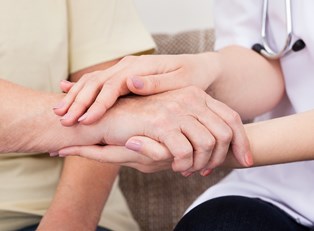Rosacea is a chronic skin disease that can cause redness, inflammation of the skin or blood vessels, and thickening of the skin. Commonly affected areas include the cheeks, nose, eyes, and skin surrounding the eye. Other areas, such as the forehead, chin, ears, neck, chest, and back, may also be affected in some cases.
Who suffers from rosacea?
Rosacea can affect any one of any race at any age, but patients are most commonly fair-skinned women between the ages of 30 and 50. The National Rosacea Society has reported that 16 million Americans have the disease. Experts are unsure what exactly causes rosacea. It seems to run in many families, leading researchers to believe it may be inherited. Some researchers have suggested certain mites living on the facial skin to be the cause, and while others point to immune response abnormalities. With no cure available, patients and doctors must rely solely on treatment and means of prevention to control symptoms.
How are symptoms treated?
Because the scope of rosacea symptoms is so broad, the condition has been categorized into four subtypes representing various affects on the skin. Since the subtypes are not progressive stages, patients may only experience one type or any combination simultaneously.
Erythematotelengiectatic rosacea (ETR) is often the first type of rosacea patients experience, and it is characterized by centralized redness and flushing, dryness and flaking, sensitivity to skincare products, and itching, burning, or swelling of the skin. Small blood vessels may also be present.
Papulopustular rosacea is sometimes mistaken for adult acne because of the red, blemish-like bumps which may contain pus. This type is often treated with oral antibiotics developed for long-term treatment of rosacea.
Phymatous rosacea is the most severe subtype because it causes the skin on the nose and the surrounding areas to thicken or become enlarged. The skin may appear to have become calloused, resulting from persistent irritation. Phymatous rosacea most commonly occurs in men, and they are often diagnosed with a secondary condition called “rhynophyma,” or bulbous nose. Because men tend to put off seeking medical care for their rosacea symptoms until visible permanent damage has already occurred, the skin growth must be cut away via laser surgery or cauterization procedures.
Ocular rosacea is experienced by approximately half of all patients with rosacea, according to the Mayo Clinic. Symptoms may include: dryness, redness, grainy sensations, reddened eyelids, itching, and swelling. The skin surrounding the eye will also be sensitive, and contact with this area should be kept to a minimum to avoid irritation. Usually only extreme or untreated cases may affect vision.



